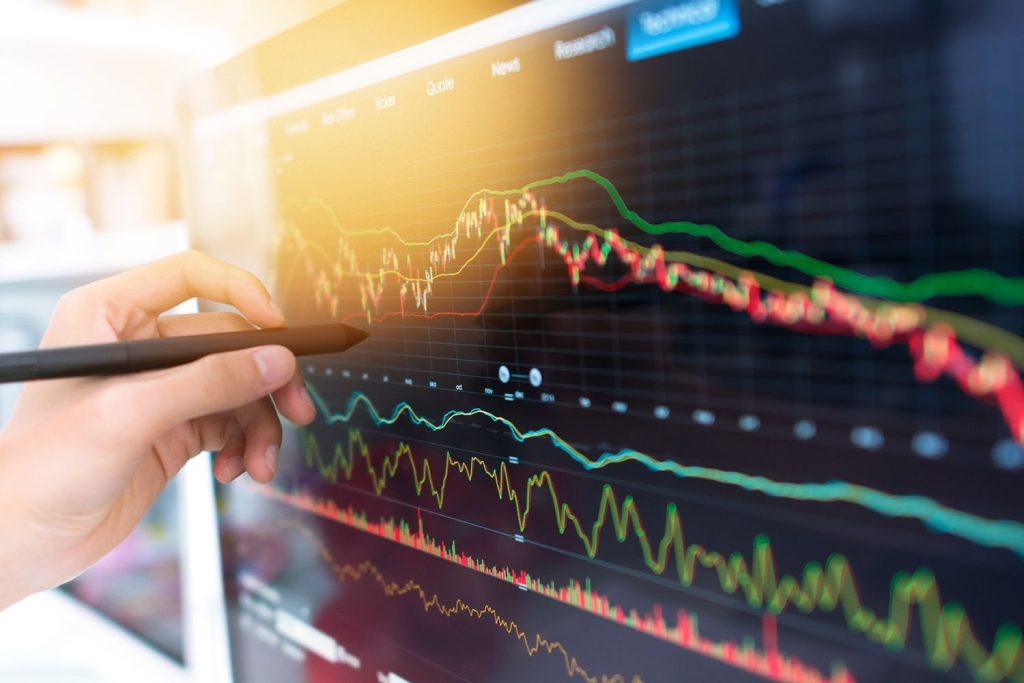
In the ever-evolving landscape of investment opportunities, natural resources have emerged as a compelling sector for value investors in 2025. With global economic shifts, environmental considerations, and technological advancements shaping the market, this year offers a myriad of opportunities to navigate—and challenges to overcome—within the natural resource space.
Why Natural Resources?
Natural resources are essential building blocks of the global economy, encompassing diverse commodities such as energy (oil, gas, renewables), metals (gold, silver, copper), agriculture, and timber. These assets fuel industries, sustain infrastructure, and drive innovation. For value investors, they present a promising blend of diversification, inflation protection, and potential for long-term capital appreciation.
Their intrinsic value stems from the finite nature of resources; scarcity often drives demand. Moreover, natural resources tend to react differently to macroeconomic variables compared to equities or bonds, making them a strategic addition to balanced portfolios.
Key Trends in 2025
Energy Transition
The global shift toward renewable energy sources remains one of the most transformative trends. Investments in solar, wind, and energy storage technologies are booming as nations commit to net-zero carbon emission goals. Renewable energy companies are gaining favor among institutional investors, while innovations such as hydrogen power and advanced nuclear energy are unlocking new frontiers.
Commodity Cycles
The natural resource sector is reaping the benefits of a multi-year commodities cycle. Underinvestment in production over the past decade has created a situation where supply struggles to meet demand, driving commodity prices higher. Metals like copper, critical for electrical infrastructure and renewable technologies, are particularly attractive.
Inflation Hedge
In an inflationary environment, commodities often emerge as reliable stores of value. Gold, in particular, is a sought-after asset during times of economic uncertainty. Precious metals not only retain their value but also serve as a refuge against currency devaluation.
Technological Integration
Technology is revolutionizing how natural resources are extracted, managed, and consumed. Advanced data analytics and AI are streamlining resource allocation, while automation enhances efficiency in industries like mining and agriculture. The application of blockchain is improving transparency and traceability in commodity trading.
Global Geopolitical Dynamics
Geopolitical tensions, from trade disputes to resource nationalism, are reshaping the natural resource landscape. Investors must carefully monitor how governments and international bodies regulate access to critical resources like lithium and rare earth elements.
Investment Strategies
Diversification Across Resource Types
Diversification is the cornerstone of risk management in natural resource investing. By allocating capital across different commodities—such as metals, energy, and agriculture—investors can reduce their exposure to sector-specific downturns.
Sustainability and ESG Practices
Prioritizing investments in companies that embrace environmental, social, and governance (ESG) principles is becoming increasingly important. Firms committed to sustainability are not only better positioned to navigate regulatory landscapes but are also favored by consumers and investors alike.
Active Management for Targeted Opportunities
Given the complexity of natural resource markets, active management can help identify undervalued assets and capitalize on inefficiencies. Experienced managers can access niche opportunities that passive investment strategies might overlook.
Long-Term Perspective
Natural resources are inherently cyclical, requiring patience and a long-term outlook. Market fluctuations may be pronounced, but consistent trends like population growth, technological advancement, and urbanization underscore their enduring value.
Risks to Consider
Natural resource investing carries its own set of risks. Price volatility driven by supply-demand imbalances can lead to unpredictable returns. Geopolitical tensions, such as trade restrictions or resource nationalism, may impact access to key resources. Regulatory changes, particularly in sectors like energy and mining, can alter profit margins. Environmental factors, including the impacts of climate change, could influence the availability and sustainability of certain assets.
Investors must conduct thorough due diligence and continuously monitor global developments. Staying agile and informed is vital for mitigating risks and protecting investments.
Natural resources continue to captivate value investors with their potential for growth, diversification, and stability. In 2025, the interplay of economic shifts, technological advancements, and environmental considerations has created an intricate yet promising landscape. Investors who align their strategies with broader macroeconomic and sustainability trends stand to unlock significant opportunities.
Whether it’s the glittering appeal of gold, the transformative promise of renewables, or the steady resilience of agricultural assets, natural resource investing remains a sector worth exploring. By combining strategic planning, rigorous analysis, and a forward-looking perspective, investors can harness the power of these invaluable assets.
